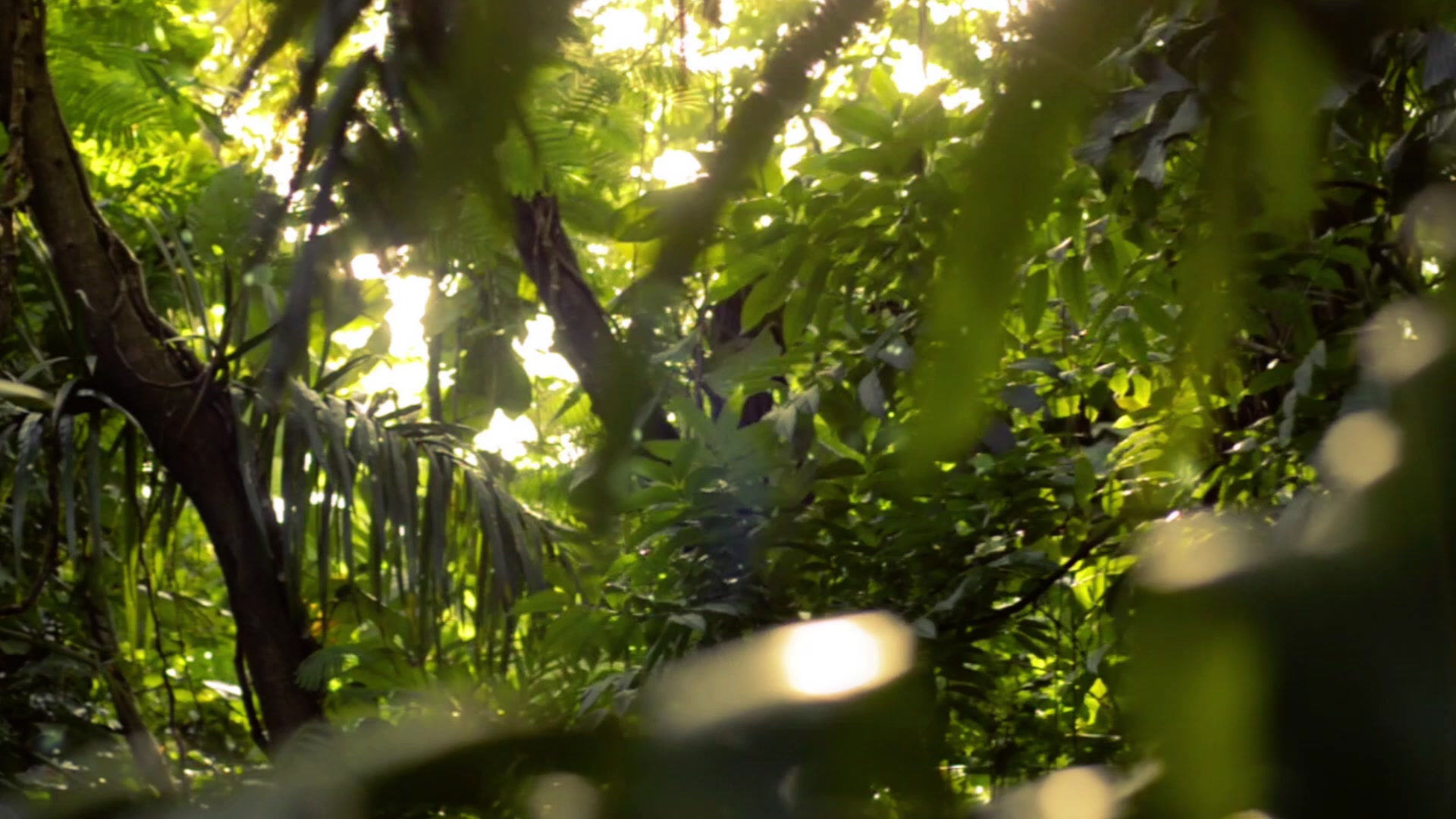The Rise of Modern Ikebana
- DEBORAH NEEDLEMAN
- Feb 10, 2018
- 2 min read

WHEN YOU THINK about ikebana, if you ever do, you most likely think about how it looks: spare and deliberate in its construction. And maybe you think about how it has lots of seemingly unfathomable rules, which it does — so much easier to just throw some flowers in a jug! And yet, were you to consider the philosophy at the core of ikebana, grounded as it is in Japan’s ancient polytheism and its Buddhist traditions, you might find something quite relevant to the times we live in: an art that can expand your appreciation of beauty. And who wouldn’t, in this age or any other, want to find beauty where you hadn’t seen it before?

According to one of Japan’s most influential modern ikebana practitioners, the reclusive 69-year-old artist Toshiro Kawase, that is precisely the point: to see that “the whole universe is contained within a single flower” — for one small thing to open our minds to so much more. Ikebana, which has been considered fashionable at many points in history since its sixth-century origins, is today having another of its revivals. But anyone focused purely on what ikebana looks like (or, more precisely, what they think it looks like) would be missing the point.
Ikebana is as much — if not more — about the doing of flowers as what gets done to them. Like all great artistic traditions, its survival relies not only on people who can look past the clichés and Orientalist fantasies of what they think it is, but those able to move the art forward. Now, a generation of young artists are reinterpreting ikebana based on the practice’s core principles, rather than its traditional mores. In doing so, they are making us reconsider an old art form — and what it has to say about nature.

One thing that unites all the innovations and developments that ikebana has seen over the centuries is a search for balance between opposites. Ikebana is, fundamentally, an exploration of the frictions between the visible and the invisible, life and death, permanence and ephemerality, luxury and simplicity.
Western arrangements prioritize full-frontal blooms, ripe and bold and staring straight at the viewer. In ikebana, there might not even be a flower in the composition, and if there is, it rarely looks you in the eye: It is more likely bent or turned to the side. Stems or leaves or branches are often emphasized over flowers, and those might very well be crooked or yellowing or covered with moss.

Like all living arts, ikebana changes and is informed by the culture and the times; what makes ikebana especially poignant and potent in this moment is its direct and personal connection to nature, its awareness of and emphasis on decay in an era in which our own ecological and environmental ruin feels more vivid than ever. A cherry blossom in bloom will soon be gone. But for this instant, it’s ours — and while it is, who among us can turn away from it?


























Comments